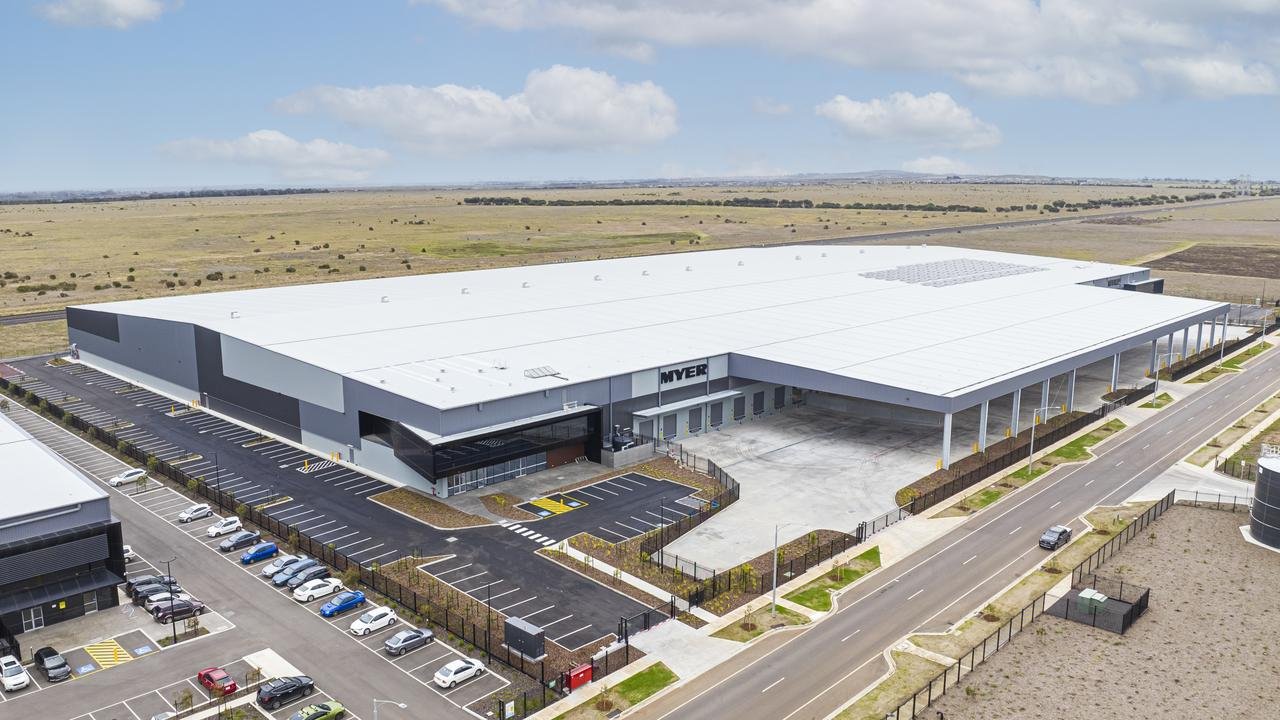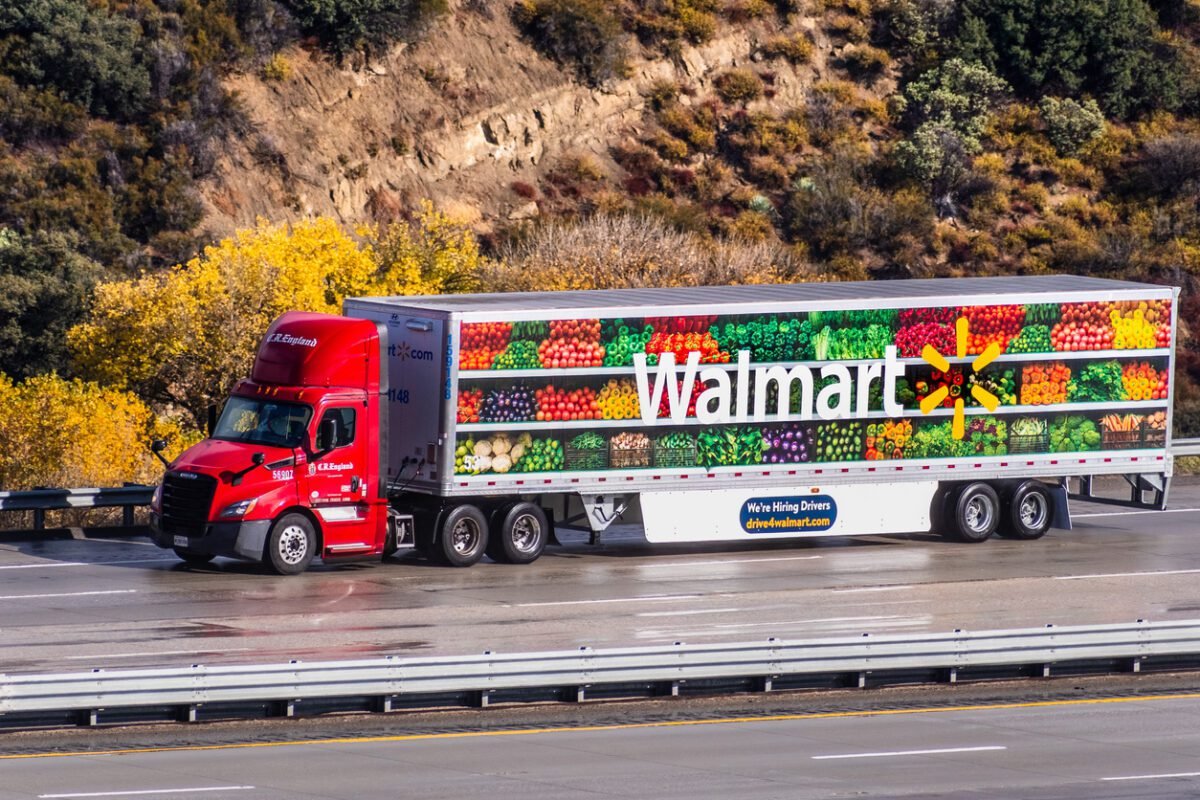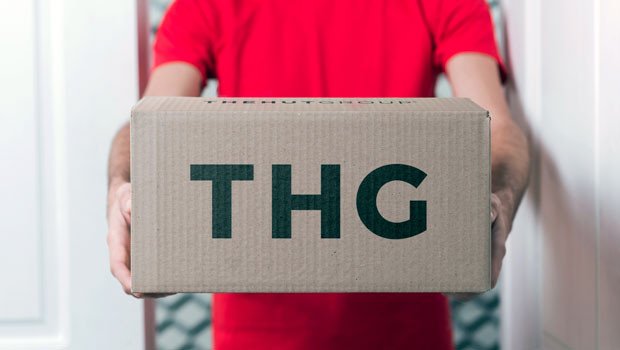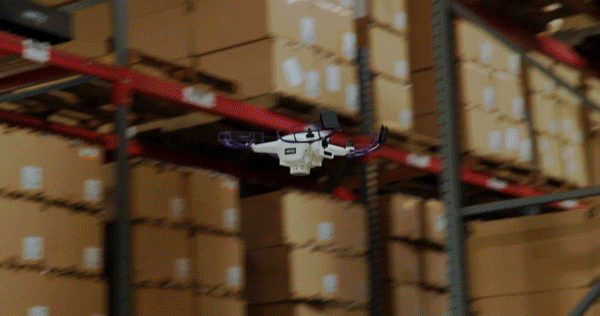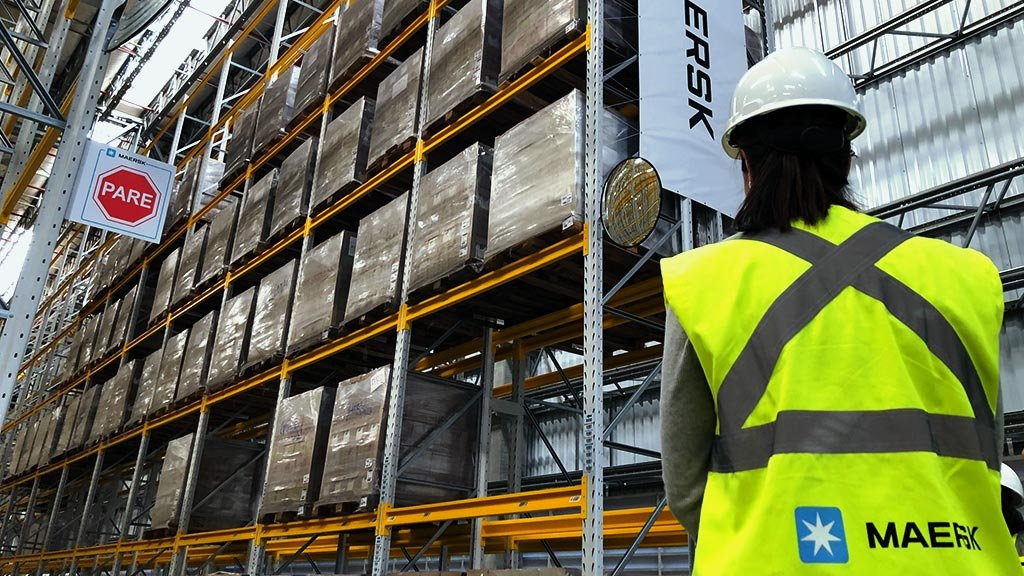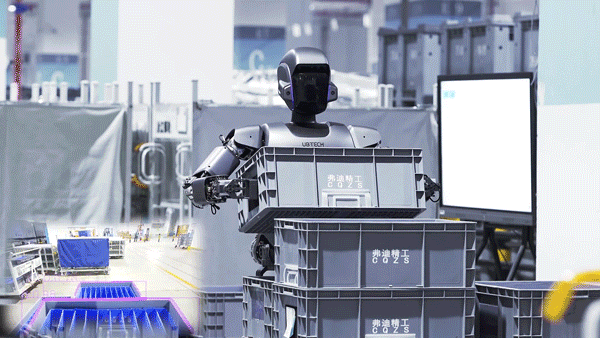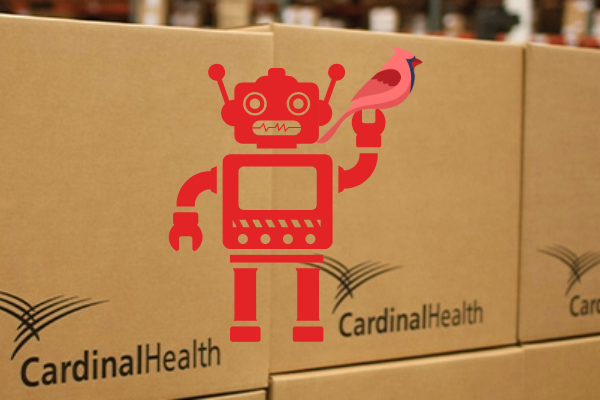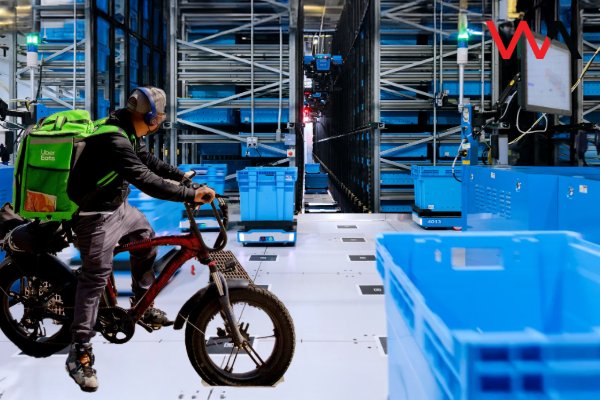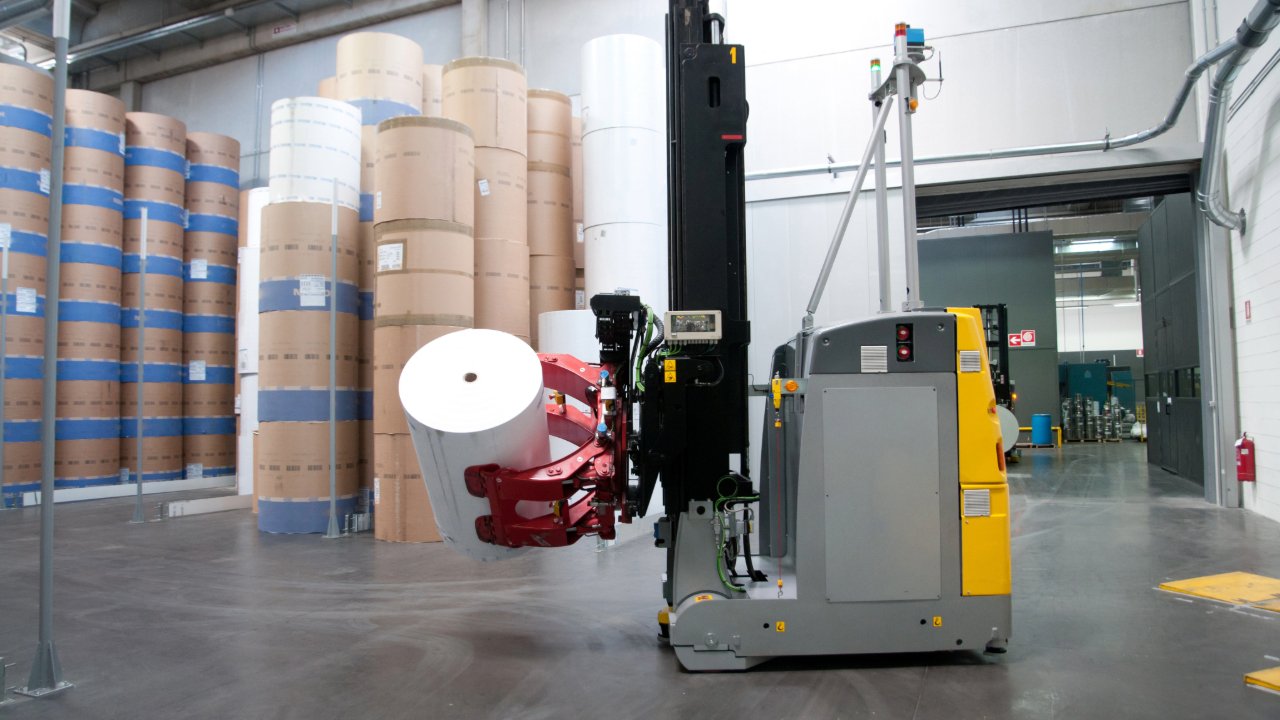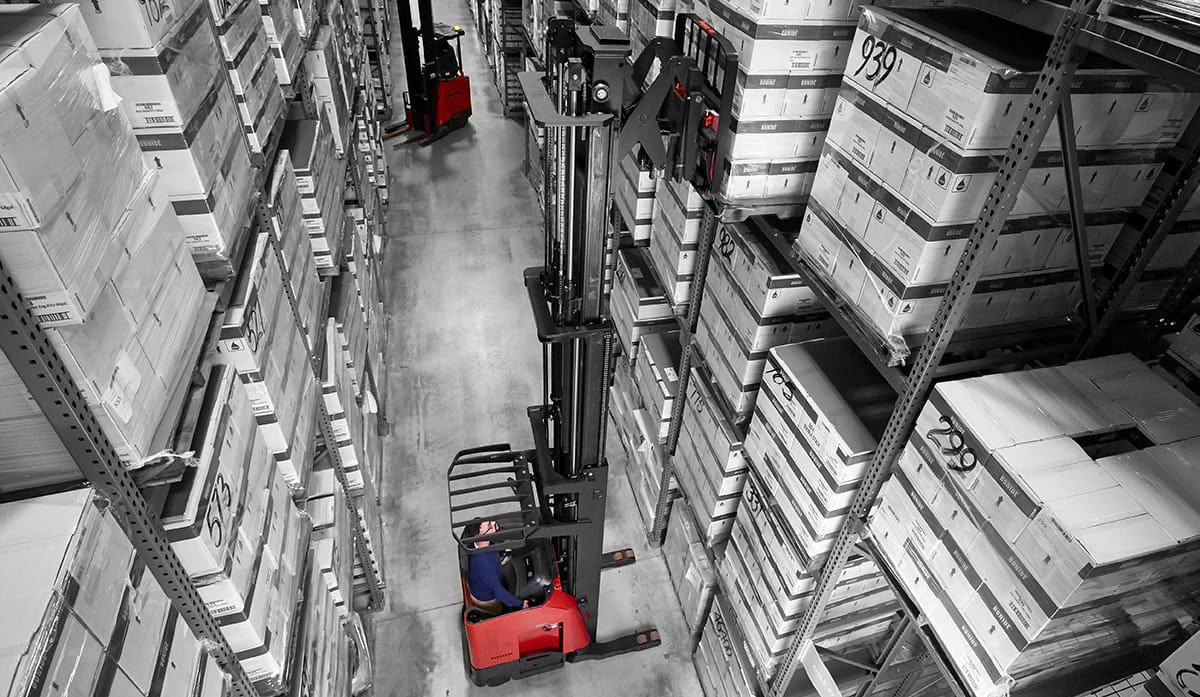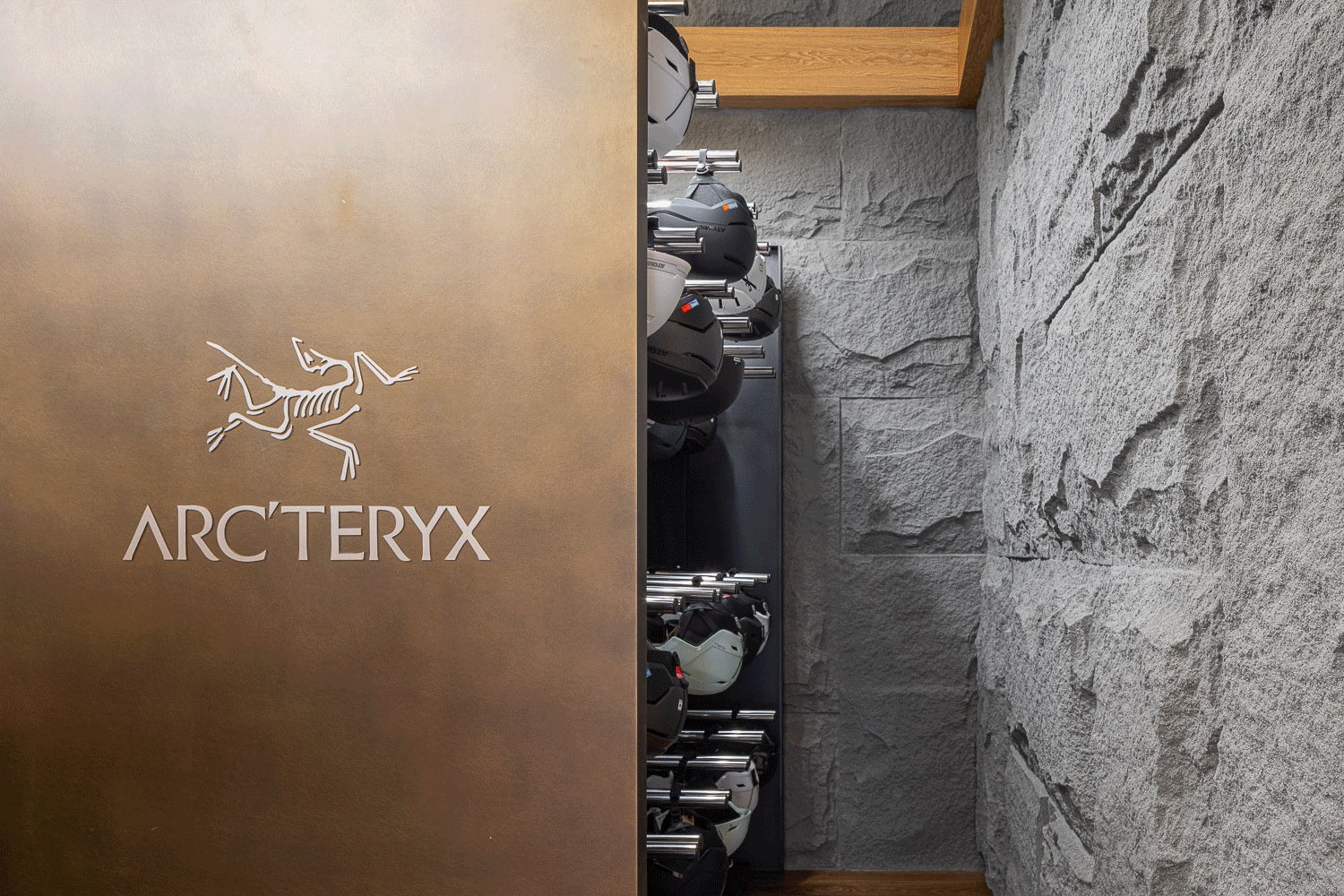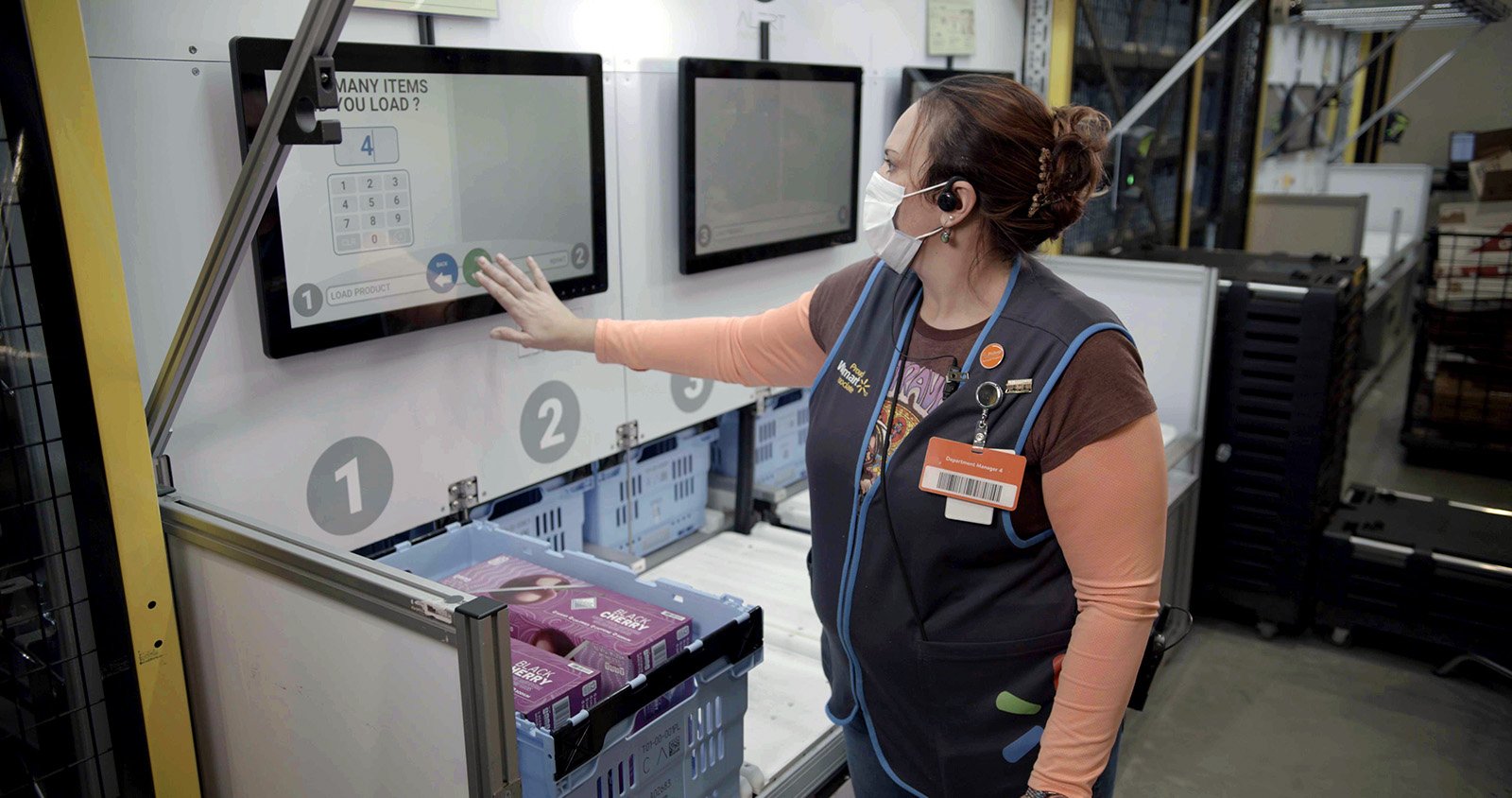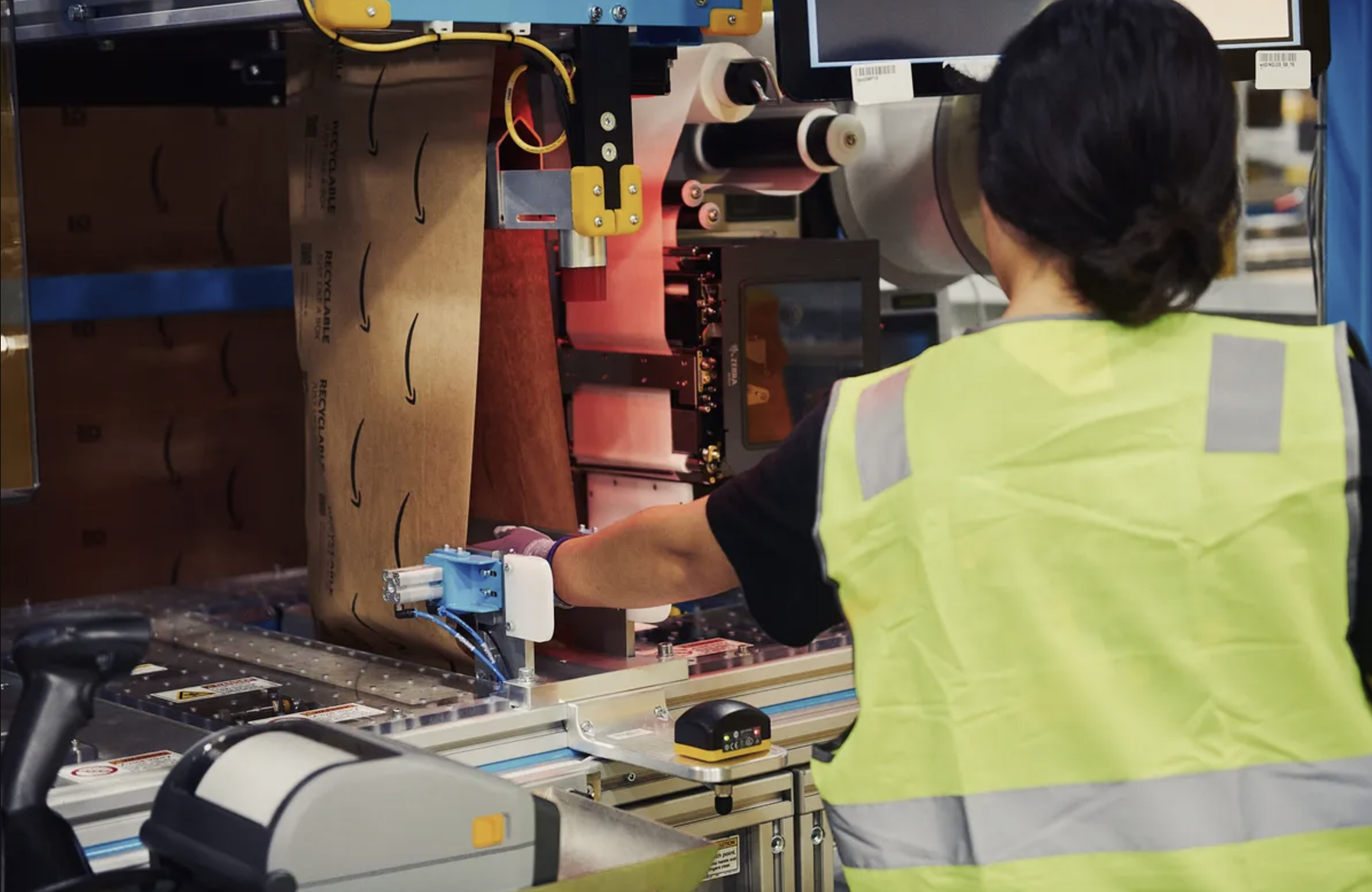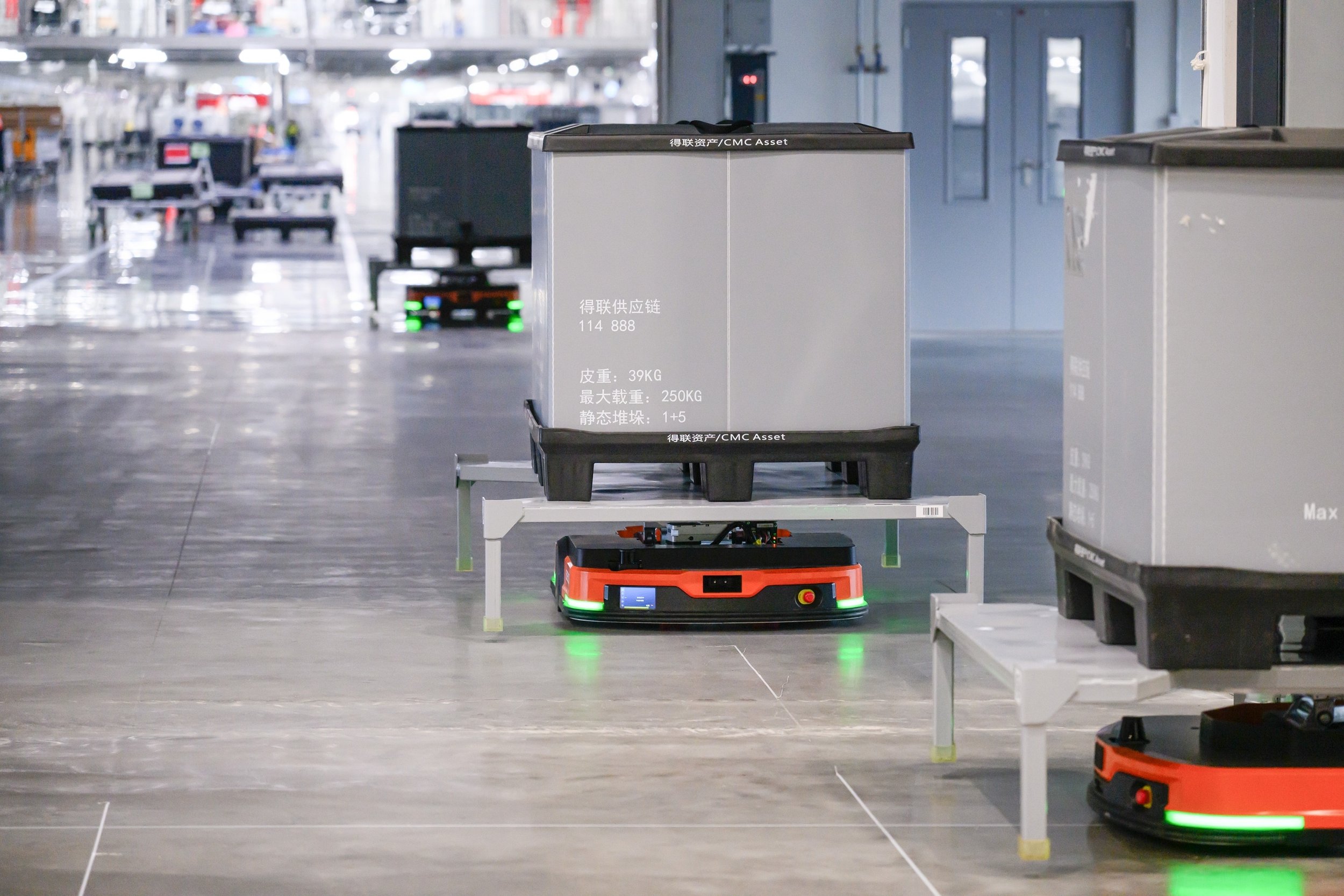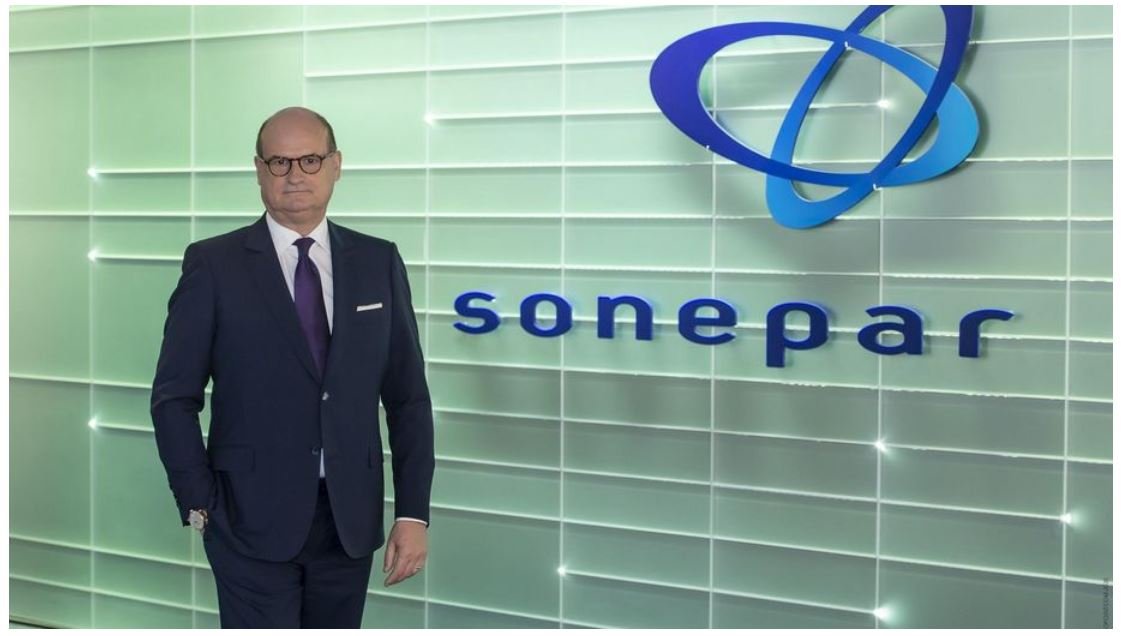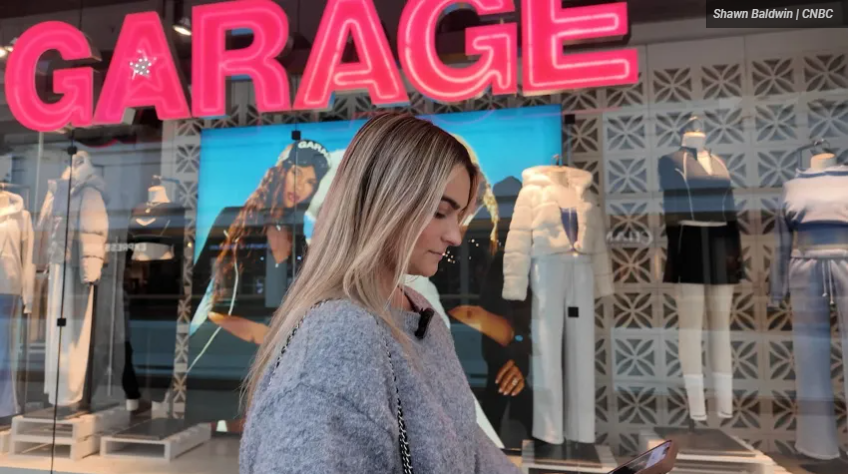Amazon’s New Lightning-Fast Sustainable Packing Technology
Amazon has unveiled a new automated packing technology, a system designed to decrease packaging for a wide array of everyday items significantly.
Amazon’s new automated packaging machines create paper bags that are made to measure every time.
New machines pack individual items – such as video games, sports equipment and office supplies – in made-to-measure paper bags which are durable and flexible.
Amazon is trialling new packaging machines in Europe and the US that build made-to-fit paper bags around individual items on demand, reducing the volume of packaging for thousands of everyday items.
Using an in-built sensor, the machines scan items such as video games, kitchen gadgets, sports equipment, and office supplies – each of which were previously sent in boxes and cardboard folders – and cut a paper bag from rolls of paper in real time, in order to pack the items securely. Each bag is secured using heat-sealing technology, enabling the machines to pack quickly and accurately, while minimising empty space around the contents. No glue is needed to seal the packaging, which further reduces resource usage.
Each bag is created by the machine at time of packing to securely fit its contents, requiring no additional padding.
The new automated packing technology helps Amazon reduce packaging material across Europe.
Lightweight paper bags used by Amazon are up to 90% lighter than similar-sized cardboard boxes.
By packing items in 100% recyclable light paper packaging, which is made-to-fit without the need for padding, the machines help to avoid more than 26 grams of packaging per shipment, on average. Lightweight paper bags used by Amazon are up to 90% lighter than similar-sized cardboard boxes.
Amazon’s packaging engineers came up with this technology by redesigning machines that previously made plastic packages. The original machines were decommissioned when Amazon stopped packing items in single-use plastic delivery bags at our fulfilment centres across Europe.
“We are constantly innovating, testing and learning when it comes to packaging solutions for our customers”, said Thais Blumer, Head of Sustainable Packaging for Amazon, Europe. “Our trials already show that this technology is efficient, secure and reliable.”
Material science solutions
To adapt the machines, our engineers added new components, allowing them to process thin coated paper, instead of plastic.
“Our material scientists developed a light but durable paper which stretches, is more weather resistant than regular paper, and can be heat-sealed like plastic – but it’s all easily recyclable in your household collections,” added Thais.
The first of these machines, located in Amazon’s fulfilment centres in Mönchengladbach in Germany and Bristol in the UK, have already packed thousands of items for customers.
In the future, we expect that automated packaging technology will be able to pack multiple items in strong paper or cardboard packaging, that's made to measure with very little air space, while protecting items in transit.
Lighter shipments can lead to reduced delivery emissions per package, driving us further towards our goal of achieving net-zero carbon by 2040.
Over the past few years, Amazon has replaced single-use plastic delivery bags with 100% recyclable paper and cardboard packaging for orders fulfilled by our European delivery network. We have also switched single-use plastic air pillows for 100% recycled and recyclable packing paper.
Since 2015, Amazon has reduced the average weight of outbound packaging per shipment by 41% globally, eliminating over 2 million metric tons of packaging material.
Sellers can participate in a programme called Ships in Product Packaging, which ships orders to customers without any Amazon delivery packaging at all. For example, a toaster could be sent in its manufacturer’s box, with only an address label added, instead of being packaged within an additional box from Amazon. In 2022, more than 11% of Amazon shipments worldwide were sent to customers this way.
Our teams are working to improve our packaging and we continue to transform our transportation network to make it more sustainable, including electrifying our delivery fleet and sourcing alternatives to fossil fuels.




